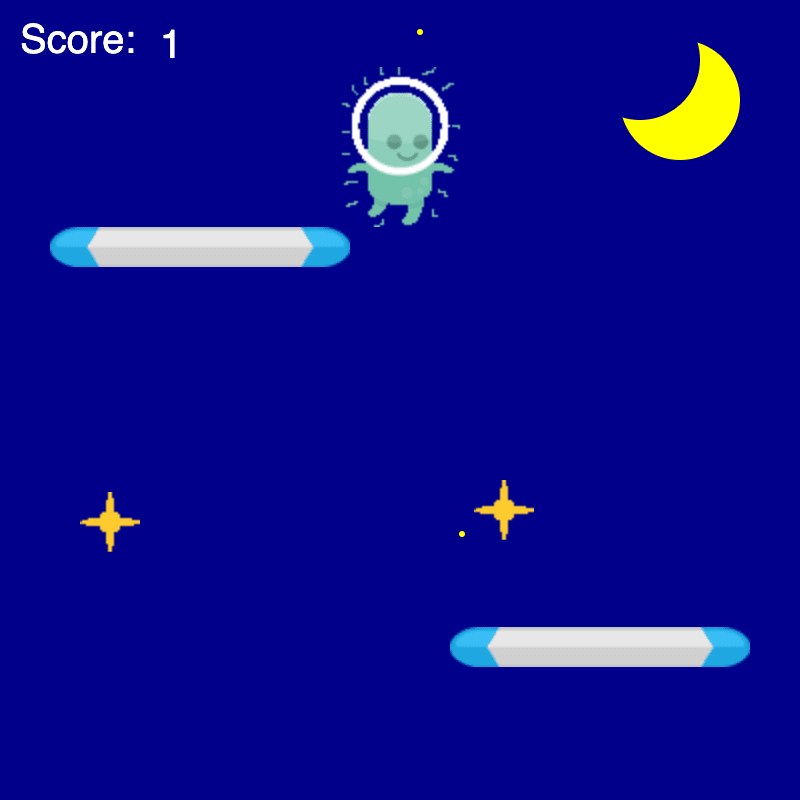Game design is a complex process that involves a diverse team of experts, including artists, programmers, and musicians. The game design process includes concept development, design documentation, prototyping and playtesting, art and audio development, programming and development, and release and post-release support. During concept development, the basic idea is conceived, while design documentation outlines the various aspects of the game. Once a prototype is developed, playtesting is essential to identify any bugs or issues, while art and audio are developed to create a cohesive and immersive experience for the player. Finally, after release, developers must remain engaged with players to address any issues and updates necessary.
The Game Design Process: Breaking Down the Fundamentals
Introduction
Game design is a complex and multi-faceted process that involves a range of different skills and disciplines. From art and animation to programming and music composition, game development requires a diverse team of experts who can work together to create engaging and immersive experiences. In this article, we will break down the fundamentals of the game design process, exploring each stage of development and the key considerations that must be taken into account at each step of the way.
Concept Development
The first stage in the game design process is concept development, during which the basic idea for the game is conceived. This can involve anything from a simple brainstorming session to a more in-depth analysis of market trends and player preferences. Some key considerations during this stage include the target audience for the game, the overall theme and story, and the unique gameplay mechanics that will set the game apart from others in the same genre.
Design Documentation
Once the basic concept has been developed, the next step is to create design documentation that outlines the various aspects of the game in detail. This can include everything from character and level design to the user interface and control scheme. Design documentation is important because it serves as a roadmap for the development team, helping to ensure that everyone is on the same page and working towards a common goal.
Prototyping and Playtesting
After the design documentation has been created, the next step is to develop a prototype of the game. This can be a simple version of the game that includes basic functionality and a limited number of levels or features. Once the prototype has been developed, it is important to conduct extensive playtesting to identify any bugs, glitches, or other issues that need to be addressed. Playtesting is also an opportunity to gather feedback from real players, helping to ensure that the game is challenging, fun, and engaging to the target audience.
Art and Audio Development
One of the key elements of any successful game is the art and audio design. This includes everything from 2D and 3D graphics to sound effects and music. During this stage of development, artists and musicians work closely with the game designers to create a cohesive and immersive experience that complements the gameplay and enhances the overall mood and atmosphere of the game.
Programming and Development
Once the art and audio design have been completed, the next step is to begin programming and development. This involves writing the underlying code that powers the game, creating user interfaces and game menus, and integrating various features such as multiplayer support, artificial intelligence, and physics engines. This stage of development typically requires a high level of technical expertise, as well as careful attention to detail to ensure that the game is stable and runs smoothly on a range of different devices and platforms.
Release and Post-Release Support
After months or even years of development, the game is finally ready for release. However, this is just the beginning of the journey. Once the game is live, the development team must remain engaged with the player community, addressing any bugs, glitches, or balance issues that may arise. This often requires ongoing updates and patches, as well as active engagement on social media and other platforms to build a strong and loyal player base. With careful attention and ongoing support, a successful game can continue to generate revenue and engage players for years to come.
Conclusion
The game design process is a complex and challenging endeavor, requiring a diverse range of skills and disciplines to bring a game from concept to release. With careful attention to each stage of development, from concept generation to post-release support, a skilled team of developers can create engaging and immersive experiences that delight players and build successful franchises over time.
